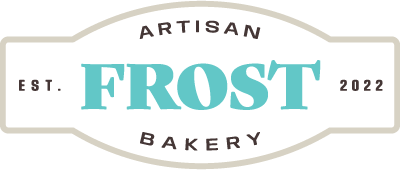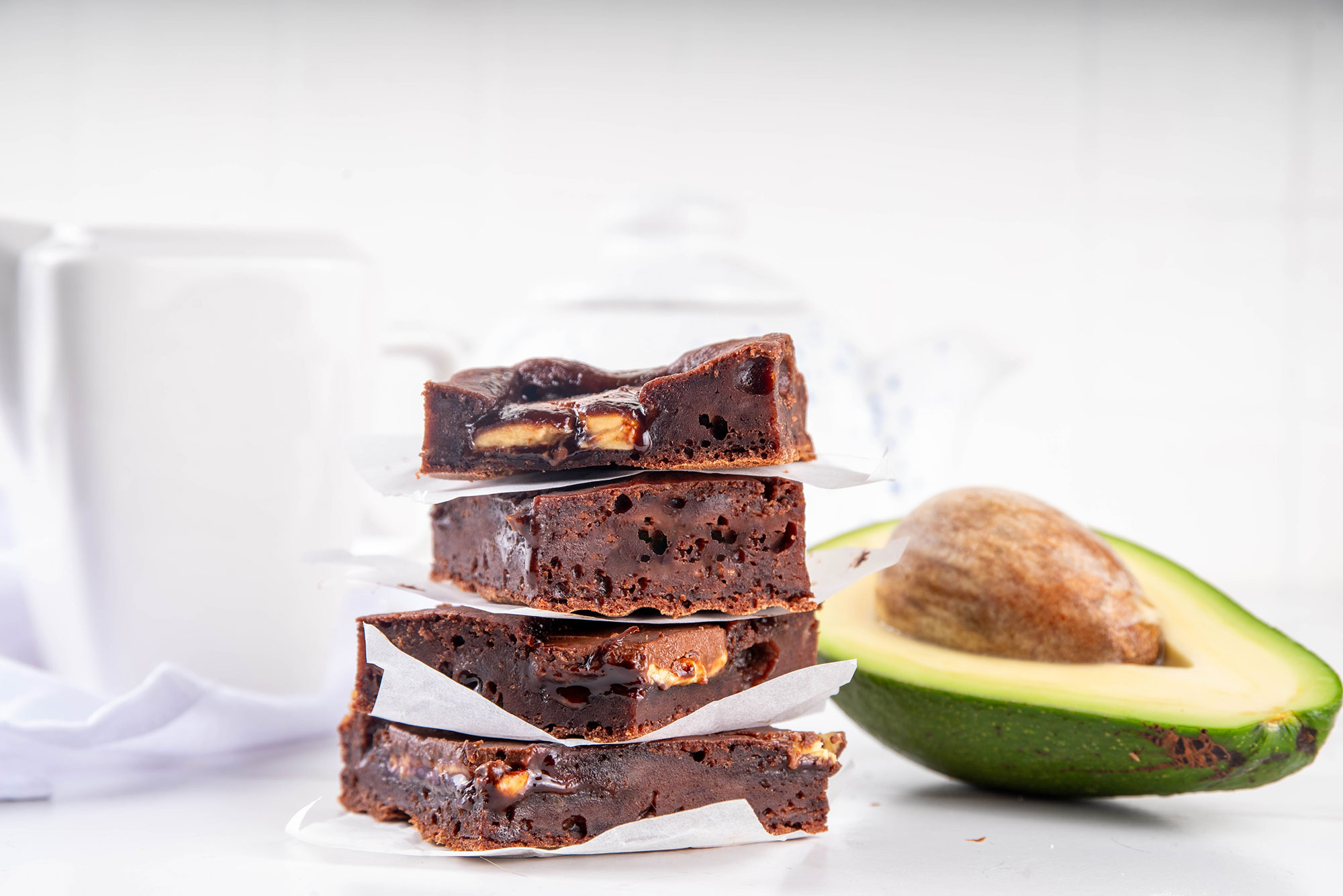From gluten-free diets to vegan guests, creating desserts for dietary restrictions can seem overwhelming as an accommodating host. Fortunately, today’s bakery professionals are dedicating portions of their offerings to multiple dietary restrictions.
Find out what you should look for when selecting allergy-friendly desserts.
Not All Gluten-Free Flours Are Created Equally
Gluten-free baked goods started trending more than a decade ago. Their popularity hasn’t slowed down. Today, gluten-free options abound for those who refrain from consuming gluten-based foods but can’t resist a sweet treat.
Some baked goods that can be made gluten-free include the following:
- Brownies and cookies
- Flourless chocolate cakes
- Nut-based tortes that use almond or hazelnut flour instead of traditional wheat-based flour
There’s a lot of confusion surrounding the types of flours used in gluten-free baked goods: gluten-free flours and gluten-free replacement flours.
Gluten-free flours are designated for use in recipes that specifically call for gluten-free flour or a gluten-free flour blend. These flours do not contain xanthan gum, a substance that provides elasticity to doughs in the absence of gluten.
Gluten-free replacement flours are flours that are designed to be substituted directly for all-purpose flour or similar wheat-based flours in recipes. Gluten-free replacement flours generally do contain xanthan gum.
If you’re curious about how your baked goods will turn out based on the type of flour used, just ask a member of our team.
Substitutes Abound in Non-Dairy and Vegan Treats
Non-dairy and vegan treats don’t have to sacrifice flavor. Many baked goods that contain eggs or dairy ingredients can be adapted to use alternatives. For example, cakes made with oil instead of butter, such as carrot cake, are great for those with non-dairy or vegan requirements. Additionally, pies made without butter in the pastry crust can stand in for their traditional pastry-based counterparts.
When mixed with liquid, ingredients like flaxseeds and chia seeds stand in as egg-like substitutes. Applesauce and mashed bananas can provide moisture and add sweetness.
Nuts milks, such as almond, cashew, or coconut, provide distinctive flavors to items like cakes and cupcakes. Vegan butters, made from a blend of oils and fortified with essential nutrients, promote crispness in cookies and flakiness in pastry crusts.
Read Labels Carefully and Ask About Food Safety Protocols
Choosing allergen-free desserts involves asking questions and reading labels. Bakeries that create desserts for special diets will generally label their baked goods as such. To make sure you’re choosing the appropriate dessert, look for descriptions that use phrases such as dairy-free, gluten-free, made with all-natural ingredients, or vegan.
To ensure that desserts are free from cross-contamination with other desserts that may not be gluten- or dairy-free, ask if your bakery can wrap the items individually. Individually wrapped options with a gluten-free or non-dairy label can also ensure that there’s no confusion about which desserts are and are not gluten-free, non-dairy, or vegan.
Note: For severe allergies, this may not be enough. In these cases, ensure the safety of your guests with additional research.


